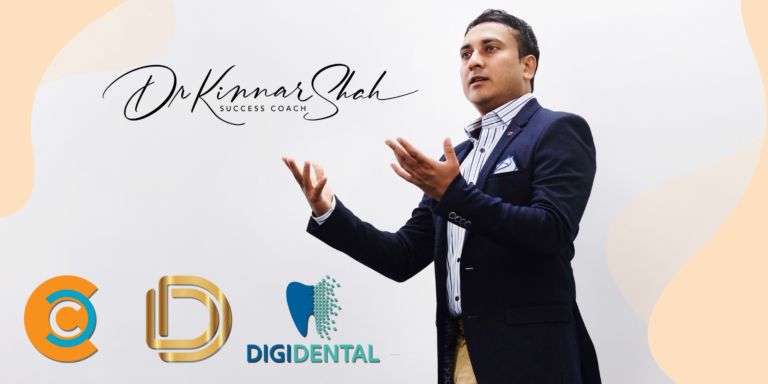Unlocking Patient Loyalty: The 5 Essentials for a Standout Dental Experience
Developed by neurologist David Rock, the SCARF model finds five main factors influencing human behaviour in social settings: Status, Certainty, Autonomy, Relatedness, and Fairness.
In a dental practice, knowledge of and ability to meet these fundamental demands will greatly improve patient experience, strengthen loyalty, and create trust.
Not only will your patient happiness increase by matching your services and communication with the SCARF ideas, but you also create an interesting, stress-free environment that will help your practice flourish over time.
Here are the parts of the SCARF Model and how each one can be used to improve the customer experience in a dentist practice:
1. Status – Why it’s Important to Feel Valuable
Breakdown: Someone’s status is how important they think they are compared to other people. Feeling respected, appreciated , and recognised is very important to people.
In Practice:
Example: Train your staff to call patients by name and recognize that each one has different wants and concerns. To thank patients for their loyalty, make them feel like a “VIP” by giving them special benefits like early booking choices or discounts on elective treatments. This makes them feel more important.
Communication: Send them personalized follow-up messages after meetings to thank them for their trust and boost their sense of status.
2. Certainty – Giving Assurance and Predictability
Breakdown: Certainty is about making things less unclear and making patients feel in charge by giving them clear information and expectations.
In Practice:
Example: Make sure each patient knows what to expect before, during, and after their visit. Provide clear explanations of treatments and timelines for recovery or results. Use text reminders for appointments to give patients reassurance about their upcoming visit. You can also text them links of your post-op instructions.
Communication: Give patients thorough treatment plans and cost estimates up front so there are no surprises. Make it easy for people to find their way around your website and online booking tools so they know what to do next.
3. Autonomy – Making patients feel like they have control
Breakdown: Autonomy means that people need to feel like they can make their own decisions and have choices.
In Practice:
Example: Discuss with patients a number of treatment plan choices so that they can make an informed decision based on their budget and personal preferences. Giving them flexible payment choices, such as payment plans, can also make them feel more independent.
Communication: Empower patients by providing educational resources that explain their treatment options in detail (e.g., videos, brochures, or online guides). After presenting these resources, follow up with a message like: “We’ve provided you with a few treatment options. Please take your time to review them, and feel free to reach out if you have any questions. We want you to feel fully informed and comfortable with your decision.”
This approach allows patients to digest the information at their own pace and reinforces their sense of control over their choices.
4. Relatedness – Building connection and trust.
Breakdown: Relatedness is about fostering a sense of belonging and connection. Humans are social beings and want to feel cared for and connected to others.
In Practice:
Example: Get to know your patients by being friendly, showing that you understand, and making the space feel warm and inviting. Small things, like remembering specifics from past talks (like asking how their child is doing), can help patients feel connected and valued.
Communication: Tell your team to pay close attention and ask about customers’ concerns (Use the GPS SPIN questions with empathy to build deep rapport).
Show your patients that they’re not alone in their dental journey by giving them recommendations and success stories. This will help build trust and a sense of community.
5. Fairness – Making sure there is equality and transparency
Breakdown: Fairness is all about making sure people feel like they’re being treated equally and getting a fair deal.
In Practice:
Example: Be clear about prices and suggested treatments, and make sure patients know why certain treatments are being recommended. Make it clear that the help they are getting is based on what is best for them, not what will make you revenue.
Communication: Make sure your customers know there are no hidden fees or other costs that they don’t understand in your treatment plans. This makes them feel like they are being treated fairly and builds trust.
By using SCARF in your dental office, you can not only build a good relationship with your patients and earn their trust, but you can also make the experience more interesting and human-centered, which meets their psychological needs.
Remember it’s not what you just say, but how you say it with the right tone and body language. This is where true leadership skills come into play.







